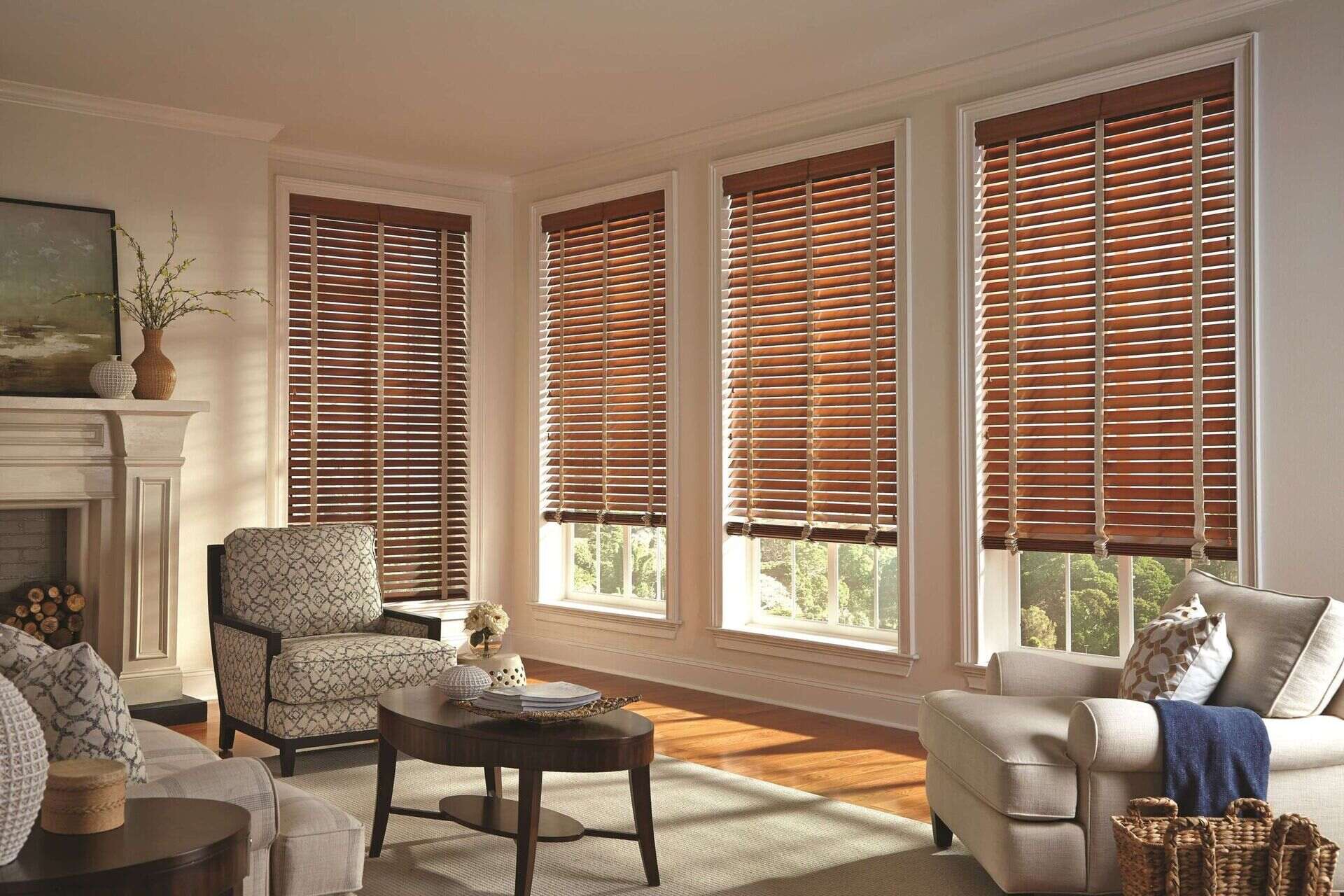

Articles
What Color Blinds For White Walls
Modified: January 9, 2024
Discover the best color blinds for white walls in our informative articles. Explore various design options and find the perfect blinds to complement your white-walled space.
(Many of the links in this article redirect to a specific reviewed product. Your purchase of these products through affiliate links helps to generate commission for Storables.com, at no extra cost. Learn more)
Introduction
Choosing the right color blinds for white walls can play a significant role in enhancing the overall aesthetic of a space. While white walls offer a clean and versatile canvas, selecting the appropriate color blinds can add depth, dimension, and personality to a room. However, with so many options available, it can be a daunting task to make a decision. In this article, we will explore various factors to consider when choosing color blinds for white walls and provide some popular options to inspire you.
When selecting color blinds for white walls, it is crucial to consider the overall look and feel you want to achieve. Are you aiming for a modern, minimalist style or a warm and cozy ambiance? Understanding the desired atmosphere will help guide your decision-making process.
Additionally, it’s important to consider the amount of natural light that enters the room. If you have large windows that let in ample sunlight, you may want to choose blinds that allow for adjustable light control. On the other hand, if the room lacks natural light, you may want to opt for blinds that maximize brightness and create an illusion of spaciousness.
Another consideration is the existing color scheme and decor of the room. While white walls provide a versatile backdrop, they can pair well with a variety of color blinds. Neutral colors such as beige, light gray, or even white can create a cohesive and harmonious look. On the other hand, if you want to introduce a pop of color or create a focal point, you can opt for blinds in contrasting hues like blues or greens.
Now that we’ve discussed some important considerations, let’s explore a few popular color options for blinds that work well with white walls.
Key Takeaways:
- Enhance the elegance of white walls with neutral color blinds like beige or light gray, creating a timeless and harmonious backdrop that complements various decor styles and color schemes.
- Opt for white color blinds to seamlessly blend with white walls, maximizing brightness, creating a minimalist aesthetic, and offering versatility across different interior design styles.
Read more: What Color Blinds Goes With Grey Walls
Considerations for Choosing Color Blinds
When choosing color blinds for your white walls, there are several factors to keep in mind to ensure that you make the right decision. Here are some key considerations:
- Room Function: Consider the function of the room where the blinds will be installed. Is it a bedroom, living room, kitchen, or office? The purpose of the room can influence the type and color of blinds you choose. For example, in a bedroom, you may want blinds that provide privacy and block out light, while in a living room, you may prefer blinds that allow for adjustable light control.
- Desired Atmosphere: Think about the ambiance you want to create. Do you prefer a calm and tranquil space, a vibrant and energetic environment, or a cozy and inviting atmosphere? Different colors can evoke different moods, so choose blinds that align with the desired atmosphere of the room.
- Lighting Conditions: Consider the amount of natural light that enters the room. If you have large windows that bring in a significant amount of light, you may want to choose blinds that offer light-filtering or sunlight-blocking options. Conversely, if the room lacks natural light, you might want to go for blinds that allow maximum light penetration.
- Color Coordination: Take into account the existing color palette in the room. If you have a neutral color scheme, such as white walls and beige furniture, you may want to go for blinds in complementary neutral tones like cream or light gray. On the other hand, if you want to add a pop of color, you can choose blinds in contrasting shades to create visual interest.
- Longevity: Consider the longevity and versatility of the color you choose. Will you still like it in a few years? Opting for classic and timeless colors can ensure that your blinds will remain stylish even as trends change over time.
By considering these factors, you can make an informed decision and select color blinds that not only complement your white walls but also enhance the overall aesthetic and functionality of the room.
Neutral Color Blinds for White Walls
Neutral color blinds are a popular choice for white walls, as they create a harmonious and balanced look. Here are some neutral color options that work well with white walls:
- Beige: Beige blinds provide a warm and inviting feel to a room with white walls. They create a cohesive and natural look, complementing the simplicity and elegance of white. Beige blinds can work well in various settings, from bedrooms to living rooms, and can be paired with different color schemes and decor styles.
- Light Gray: Light gray blinds offer a sophisticated and contemporary look when paired with white walls. They add a touch of subtle elegance while still maintaining a neutral tone. Light gray blinds can create a visually appealing contrast and provide a modern and sleek aesthetic to the room.
- Cream: Cream blinds are a classic and timeless option that pairs beautifully with white walls. They exude a sense of warmth and coziness, creating a soft and inviting atmosphere. Cream blinds can enhance the overall elegance and tranquility of a space, making them a versatile choice for various rooms in your home.
- Taupe: Taupe blinds offer a unique blend of gray and brown tones, adding depth and sophistication to white walls. They can create a refined and understated look, while still providing a touch of warmth and character. Taupe blinds work well in both modern and traditional settings and can be easily paired with different color accents.
- Off-White: If you want to maintain a clean and minimalist aesthetic, opting for off-white blinds can be a great choice for white walls. They provide a seamless and seamless look, ensuring that the focus remains on the simplicity and purity of the white walls. Off-white blinds can work well in contemporary and Scandinavian-inspired interiors.
Neutral color blinds for white walls offer versatility and allow you to incorporate different color accents and decor elements without overwhelming the space. They create a calming and understated backdrop, allowing other design features to shine through. Consider these neutral options when choosing color blinds for your white walls to achieve a timeless and cohesive look.
White Color Blinds for White Walls
While it may seem counterintuitive, white color blinds can actually be an excellent choice for white walls. They create a seamless and cohesive look that offers a clean and minimalist aesthetic. Here are some reasons why white color blinds can work well with white walls:
- Blend in: White blinds seamlessly blend in with white walls, creating a unified and balanced appearance. This creates a subtle yet elegant visual effect where the blinds become almost invisible, allowing other elements in the room to take center stage.
- Amplify light: White color blinds reflect light, making them ideal for rooms with limited natural light. They maximize the brightness in the space, creating an open and airy atmosphere. By allowing more light to enter the room, white blinds can also make the space feel larger and more spacious.
- Flexibility: White is a timeless and versatile color that complements a wide range of interior styles and color schemes. Whether your white walls serve as a backdrop for a minimalist, Scandinavian, or coastal design, white blinds can effortlessly blend in and enhance the overall aesthetic.
- Ease of maintenance: White blinds are practical in terms of maintenance. They are less prone to showing dust and dirt compared to darker-colored blinds, making them easier to clean and maintain their pristine appearance.
When choosing white color blinds for white walls, consider the material and texture to add visual interest and depth to the room. You can opt for a layering effect by choosing blinds with a subtle pattern, such as textured fabrics or wicker materials, which adds a touch of dimension without detracting from the simplicity of the white walls.
Overall, white color blinds for white walls offer a seamless and understated look that enhances the minimalist aesthetic of a room. They provide flexibility, amplify natural light, and are easy to maintain. If you’re looking for a cohesive and clean look, white color blinds are an excellent choice for your white walls.
Consider using a contrasting color for your blinds to create visual interest against white walls. Darker shades like navy, charcoal, or black can add depth, while lighter shades like beige or light gray can provide a subtle touch.
Light Gray Color Blinds for White Walls
Light gray color blinds are an excellent choice for white walls, as they add a soft and sophisticated touch to the room. Here are some reasons why light gray color blinds work well with white walls:
- Elegant Contrast: Light gray color blinds create a subtle contrast against white walls, adding depth and visual interest to the space. The combination of light gray and white creates an elegant and timeless aesthetic that works well in both modern and traditional interiors.
- Neutral Versatility: Light gray is a neutral color that pairs effortlessly with a variety of color schemes and decor styles. It acts as a versatile backdrop that allows you to incorporate pops of color or different textures into the room. Light gray blinds can complement both warm and cool color palettes, giving you the flexibility to change the room’s look over time.
- Sophistication: Light gray color blinds exude sophistication and understated elegance. They create a calm and soothing atmosphere while still making a subtle statement. Light gray blinds can elevate the overall ambiance of the room and add a touch of refinement to any space.
- Light Control: Light gray blinds offer excellent light control options. They effectively filter sunlight and provide privacy when needed. With the ability to adjust the slats or choose different opacity levels, you can control the amount of light entering the room while maintaining a stylish and cohesive look.
- Enhanced Texture: Opting for light gray blinds with a textured fabric or pattern can add dimension and texture to the room. The subtle texture creates visual interest and makes the blinds a focal point without overpowering the simplicity of the white walls.
When selecting light gray color blinds for your white walls, consider the overall aesthetic of the room and the desired level of light control. Whether you choose roller blinds, Roman blinds, or Venetian blinds, light gray color blinds offer a sophisticated and versatile option that complements white walls beautifully.
Remember to take into account the existing color palette, decor style, and lighting conditions of the room to ensure a cohesive and harmonious look. With light gray color blinds, you can create a stylish and timeless space that reflects your personal taste and adds warmth and charm to your white walls.
Read more: What Color Curtains Go Well With White Walls
Blue Color Blinds for White Walls
Blue color blinds can be a striking and captivating choice for white walls. The combination of blue and white creates a refreshing and serene ambiance. Here are some reasons why blue color blinds work well with white walls:
- Calming Effect: Blue is often associated with calmness and tranquility. When paired with white walls, blue color blinds can create a soothing and relaxing atmosphere, making it a great choice for bedrooms, living rooms, or any space where you want to create a serene environment.
- Pop of Color: Blue color blinds can inject a pop of color into a space with white walls. This vibrant hue can add energy and personality to the room, drawing attention and creating visual interest. Blue color blinds can serve as a focal point and elevate the overall design aesthetic.
- Versatility: Blue comes in a wide range of shades, from pale sky blue to deep navy. This versatility allows you to choose the appropriate shade that complements the overall style and color scheme of the room. Lighter shades of blue can create an airy and beachy feel, while darker shades can bring depth and richness to the space.
- Visual Contrast: Blue color blinds can create a visually striking contrast against white walls. This contrast adds depth and dimension to the room, making it feel more visually dynamic. The combination of blue and white creates a timeless and classic look that can withstand changing design trends.
- Connection with Nature: Blue is often associated with the sky and the ocean, creating a sense of connection with nature. Having blue color blinds in a room with white walls can evoke a sense of tranquility and remind you of the calming effects of nature.
When choosing blue color blinds for white walls, consider the shade of blue that complements the overall color scheme and mood you want to create. Lighter shades can create a softer and more relaxed atmosphere, while darker shades can add drama and sophistication.
It’s worth noting that if you decide to incorporate blue color blinds, you can also bring in other elements in the room that complement blue, such as decorative pillows, artwork, or furniture accents. This will help create a cohesive and harmonious design scheme.
Overall, blue color blinds for white walls offer a refreshing and vibrant option that can transform a space into a tranquil retreat or an energizing oasis. Consider the mood you want to create and let blue color blinds bring a splash of color and character to your white walls.
Beige Color Blinds for White Walls
Beige color blinds are a versatile and timeless option that complements white walls beautifully. The combination of beige and white creates a harmonious and elegant look. Here are some reasons why beige color blinds work well with white walls:
- Warmth and Comfort: Beige is a warm and inviting color that adds a sense of comfort and coziness to a room. When paired with white walls, beige color blinds create a welcoming and soothing atmosphere that makes you feel instantly at ease.
- Subtle Contrast: Beige color blinds provide a subtle contrast against white walls, creating a visual depth and interest in the space. The soft and neutral tone of beige complements the simplicity of white, adding a touch of sophistication without overwhelming the overall aesthetic.
- Neutral Versatility: Beige is a neutral color that pairs effortlessly with a wide range of color schemes and decor styles. It serves as a versatile backdrop that allows you to incorporate different accent colors or patterns into the room. Beige color blinds can blend seamlessly with both warm and cool color palettes, providing you with endless design possibilities.
- Timelessness: Beige is a timeless color that never goes out of style. It exudes a sense of classic elegance and sophistication that can withstand changing trends. Beige color blinds can complement various interior styles, from traditional to contemporary, ensuring that your design will remain relevant for years to come.
- Soft and Serene: Beige color blinds create a soft and serene atmosphere in a room with white walls. The combination of neutral tones promotes a sense of calmness and relaxation, making it a perfect choice for bedrooms, living rooms, or any space where you want to create a peaceful retreat.
When selecting beige color blinds for your white walls, consider the specific shade of beige that best complements the overall color palette and mood of the room. Lighter shades of beige can create an airy and bright feel, while darker or richer shades can add depth and intimacy to the space.
Pairing beige color blinds with natural materials like wood or woven textures can further enhance the warm and inviting feel of the room. Additionally, adding accents of complementary colors or patterns can create a cohesive and visually appealing design scheme.
Overall, beige color blinds for white walls offer a versatile and timeless option that brings warmth and elegance to any space. Consider the mood you want to create and let beige color blinds add a touch of sophistication and comfort to your white walls.
Conclusion
Choosing the right color blinds for white walls can greatly impact the overall aesthetic and ambiance of a room. Whether you opt for neutral colors like beige or light gray, or bolder options like white, blue, or even beige, each choice carries its own unique appeal. By carefully considering factors such as room function, desired atmosphere, lighting conditions, color coordination, and longevity, you can make an informed decision.
Neutral color blinds, such as beige or light gray, offer a timeless and elegant look that seamlessly integrates with white walls. They create a harmonious and balanced backdrop while providing versatility and flexibility in terms of decor styles and color schemes.
On the other hand, white color blinds can deliver a clean and minimalist aesthetic, blending perfectly with white walls. They maximize brightness, amplify light, and offer a sense of spaciousness, making them ideal for rooms with limited natural light.
For those seeking a splash of color, blue color blinds can bring a vibrant and refreshing element to white walls. Blue evokes a sense of calmness and connection with nature, providing a serene atmosphere while adding visual interest and personality to the room.
If you prefer warmth and comfort, beige color blinds can create a soothing and inviting environment. Beige complements white walls with its subtle contrast, offering a timeless and cozy feel that blends seamlessly with a variety of decor styles.
In conclusion, the selection of color blinds for white walls is a highly personal and subjective choice. It is essential to consider your preferences, the function of the room, lighting conditions, and the desired atmosphere. Whether you go for neutral tones, white, blue, or beige, the key is to find the perfect balance between aesthetics and functionality that suits your style and enhances the beauty of your white walls.
Frequently Asked Questions about What Color Blinds For White Walls
Was this page helpful?
At Storables.com, we guarantee accurate and reliable information. Our content, validated by Expert Board Contributors, is crafted following stringent Editorial Policies. We're committed to providing you with well-researched, expert-backed insights for all your informational needs.
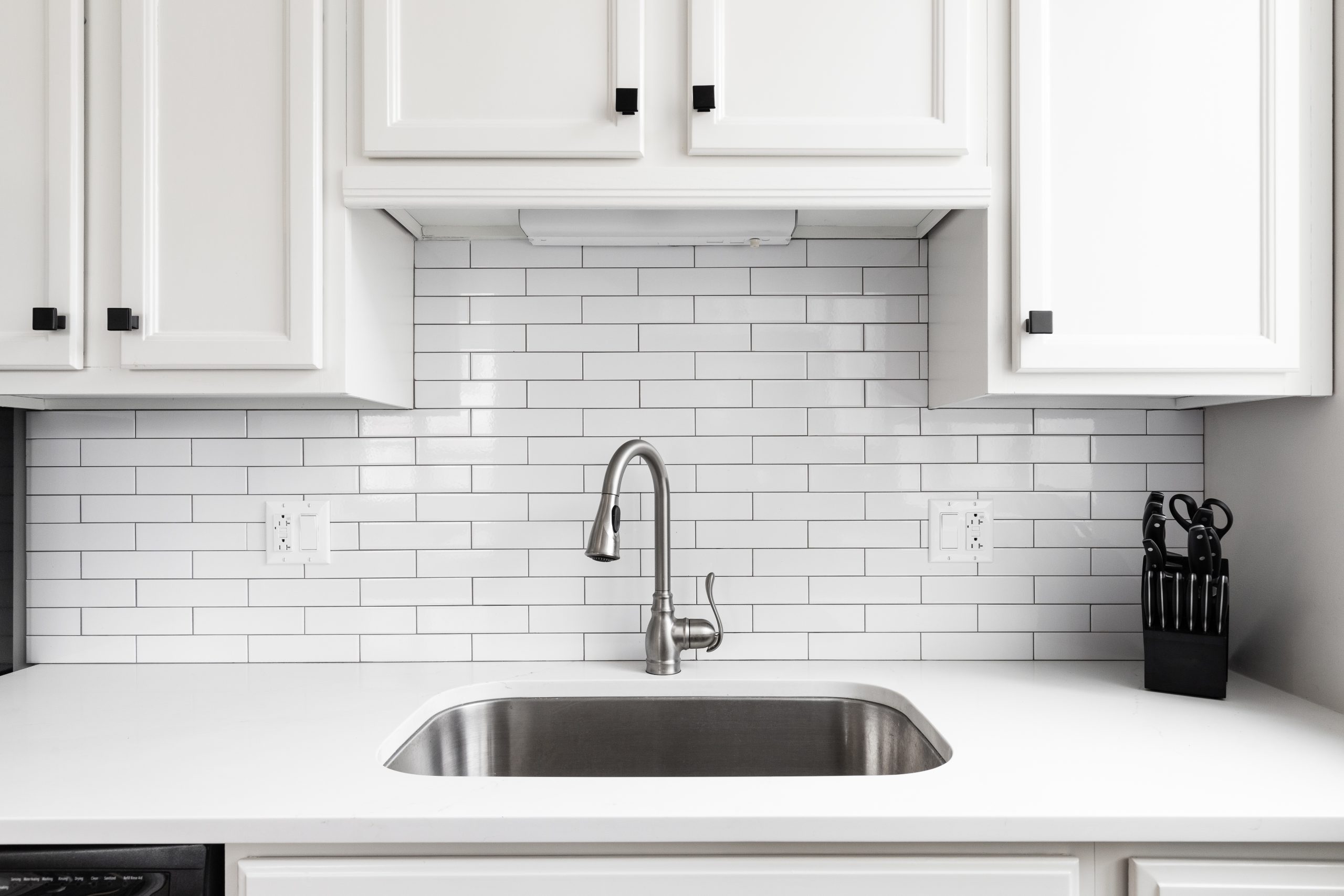



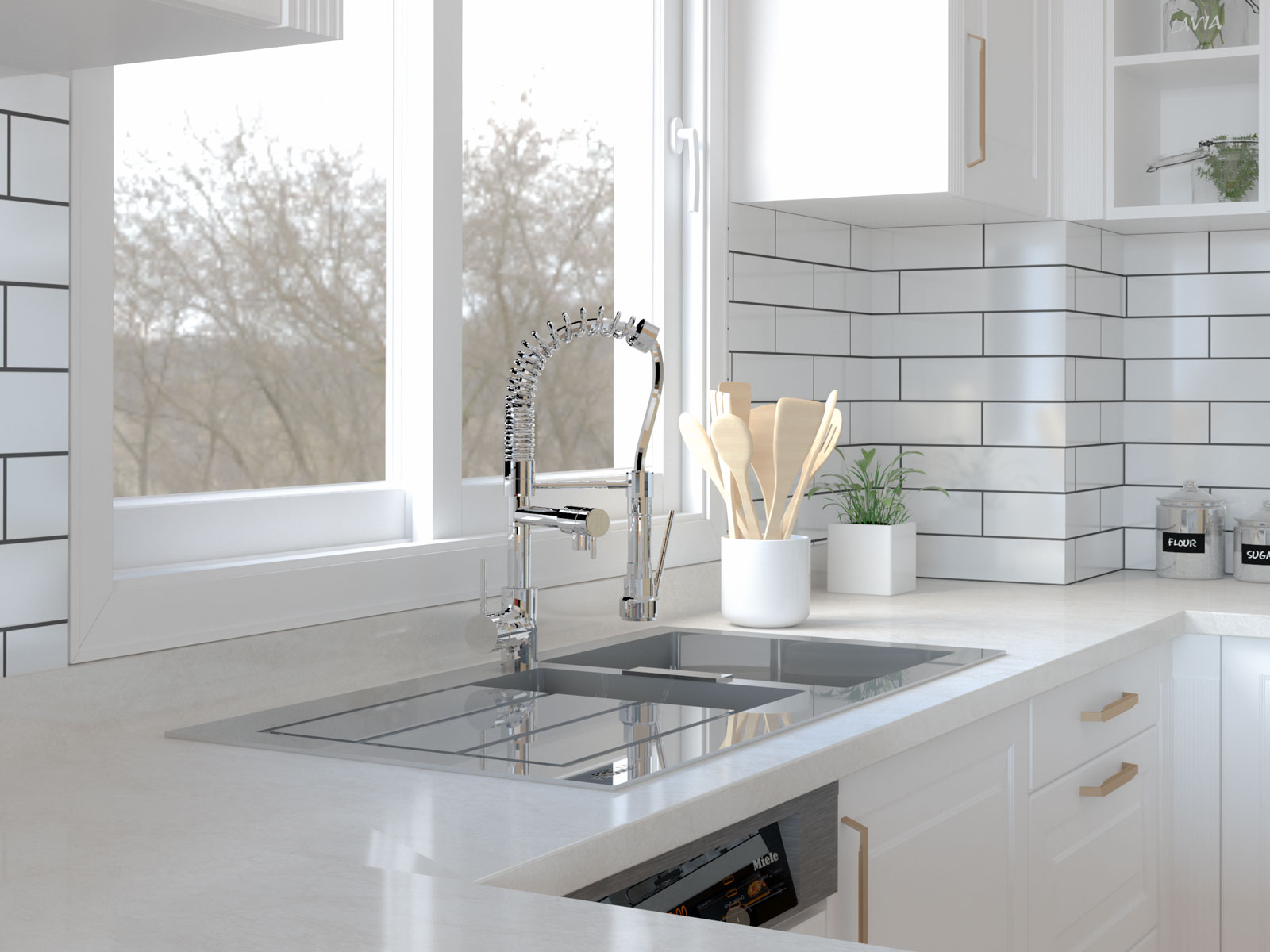


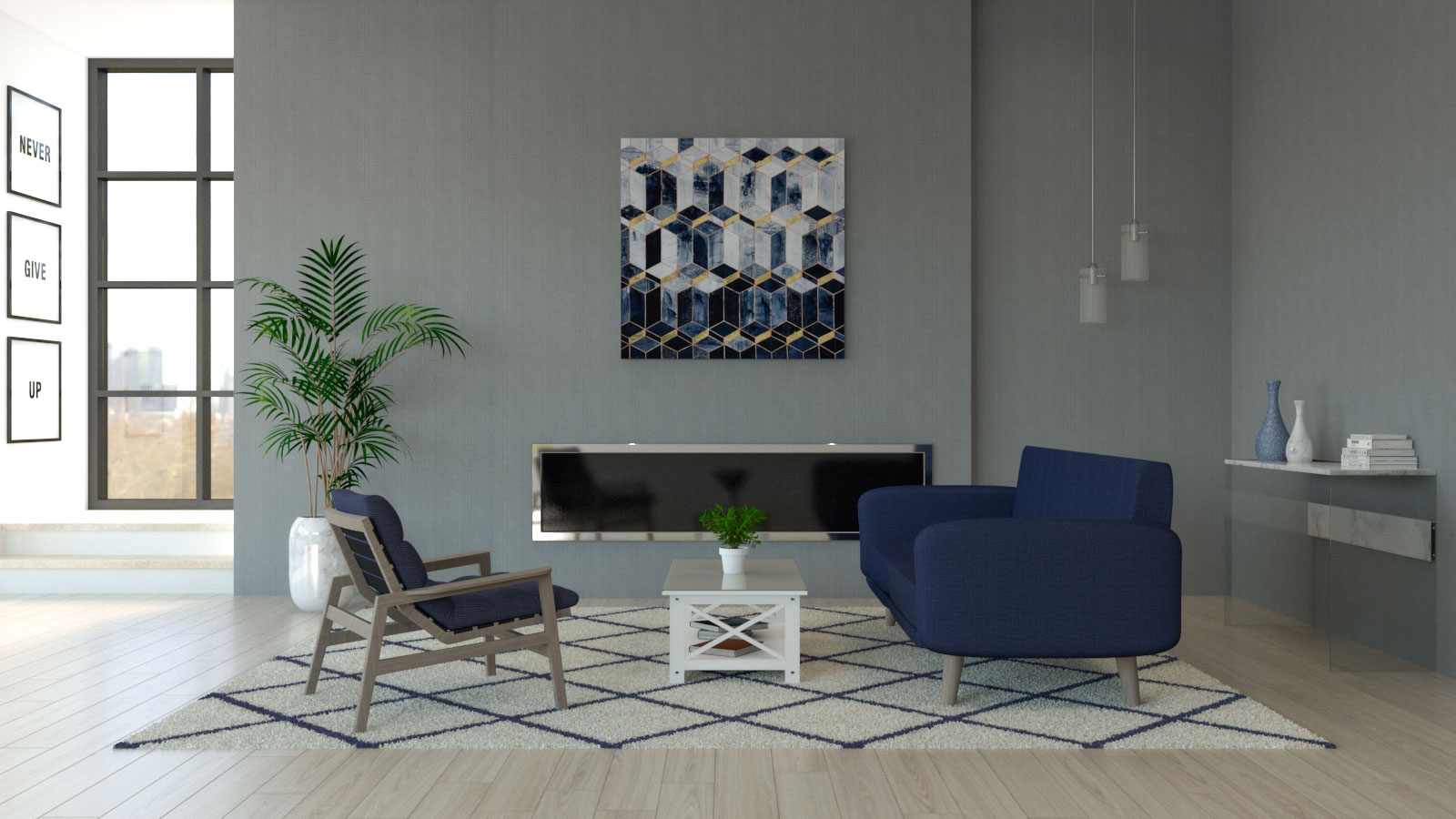

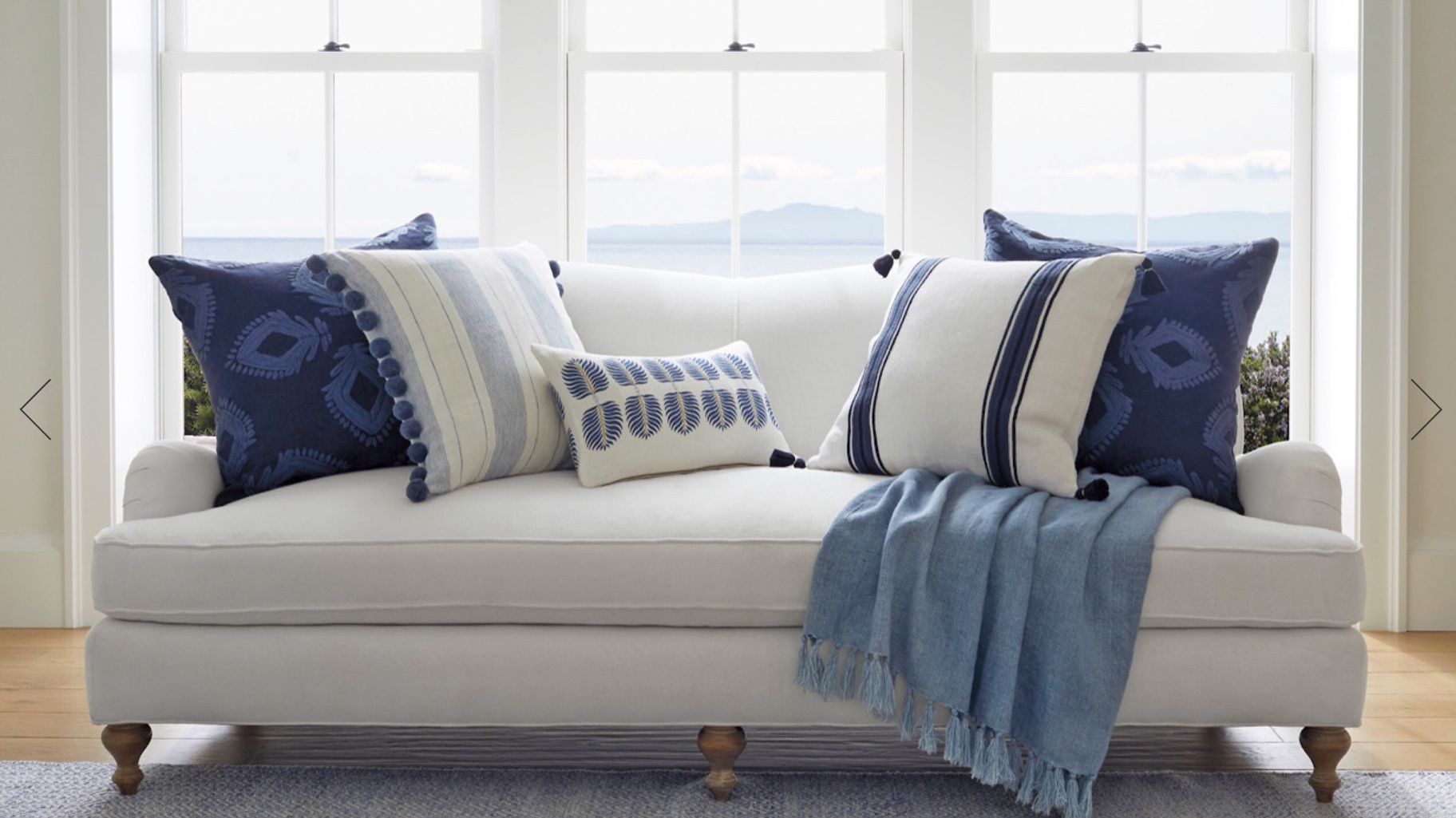
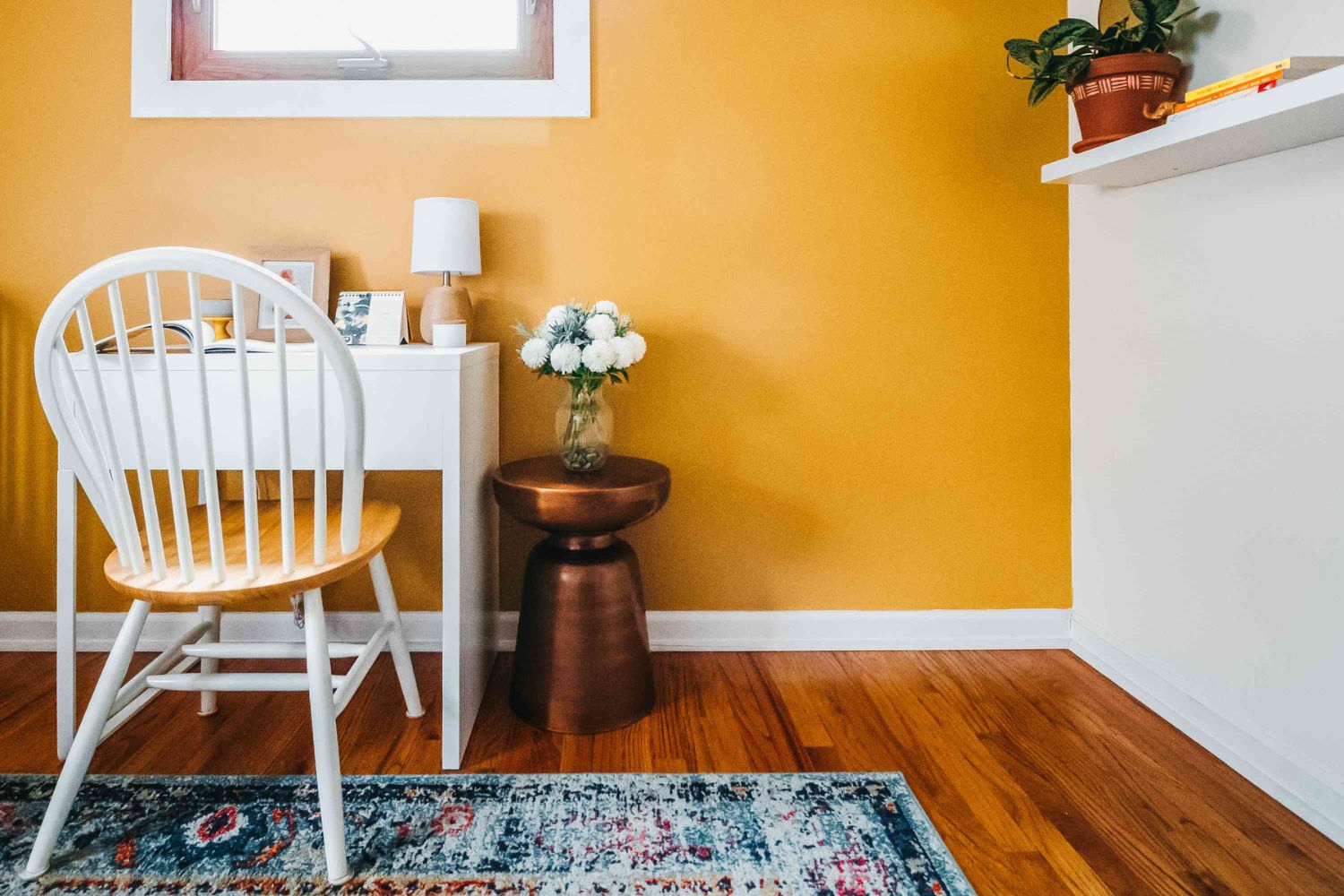
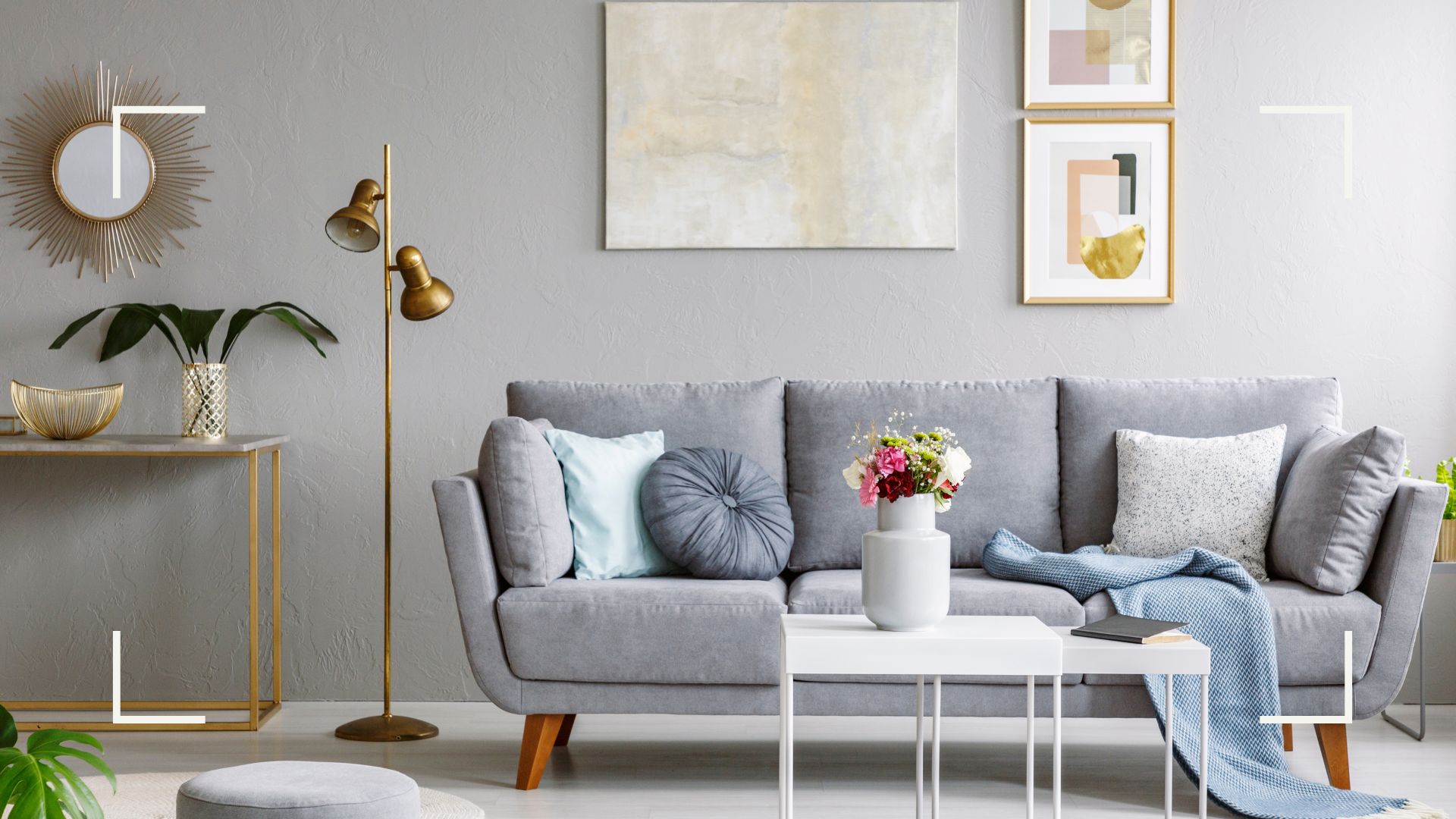
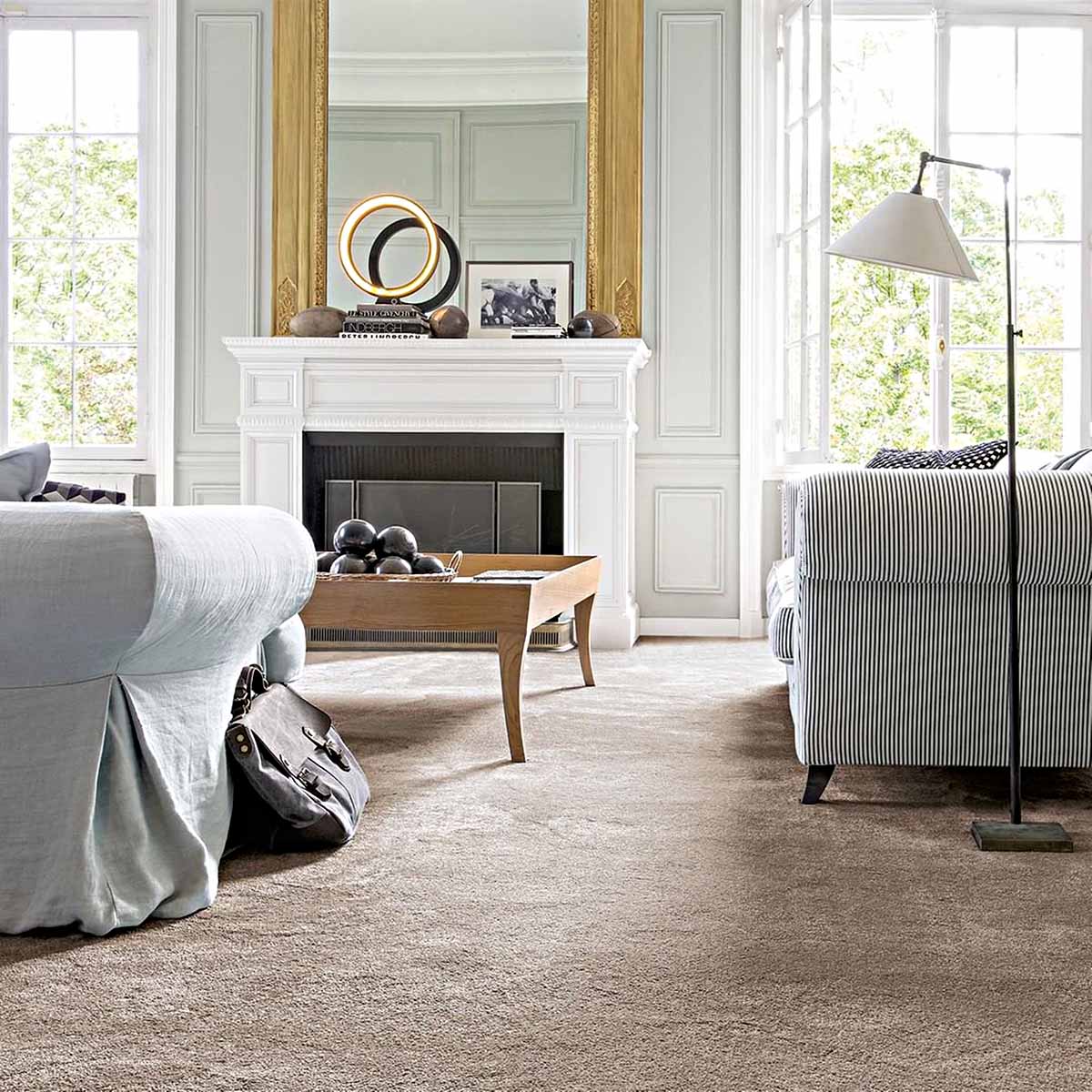
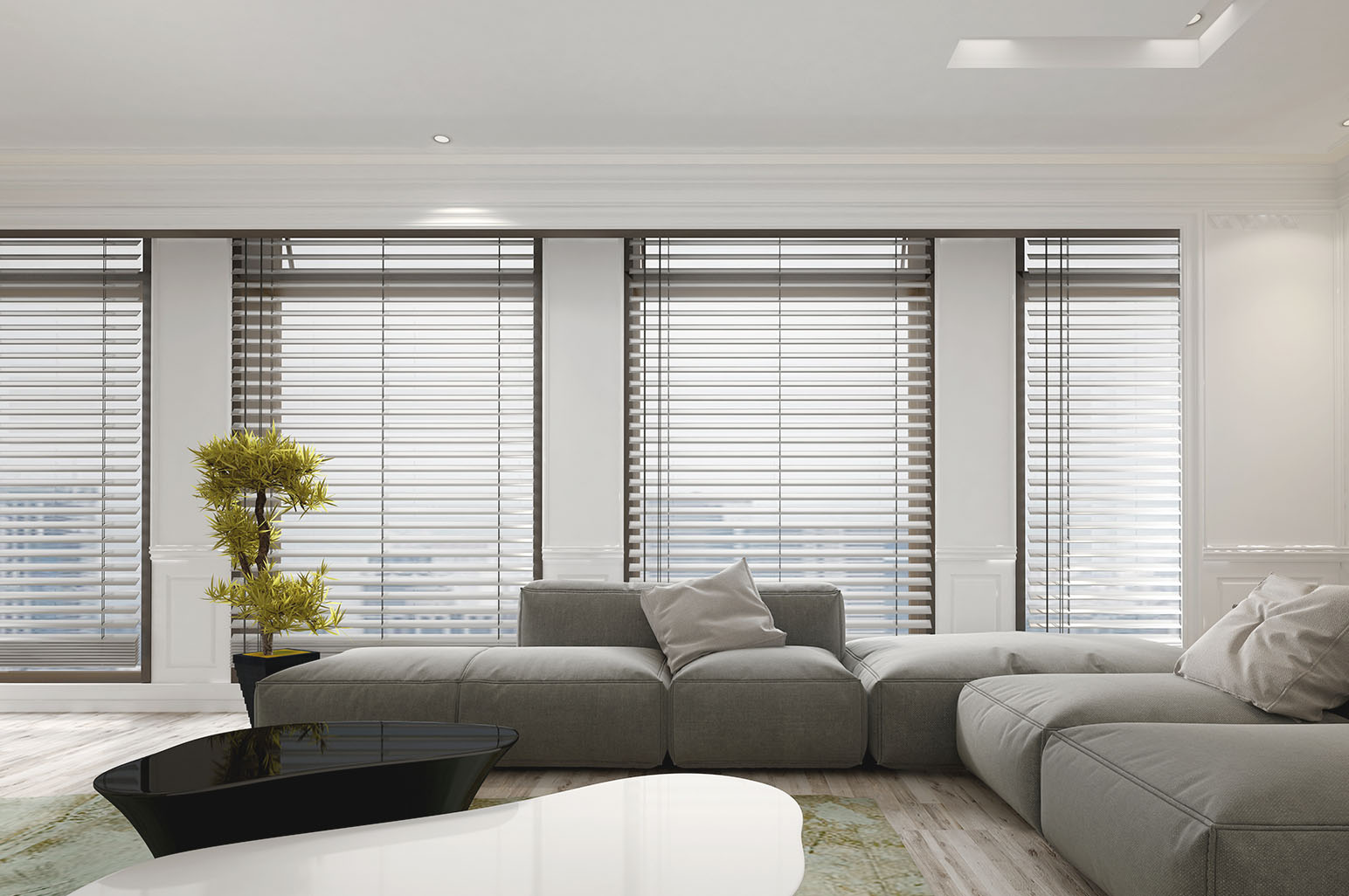

0 thoughts on “What Color Blinds For White Walls”